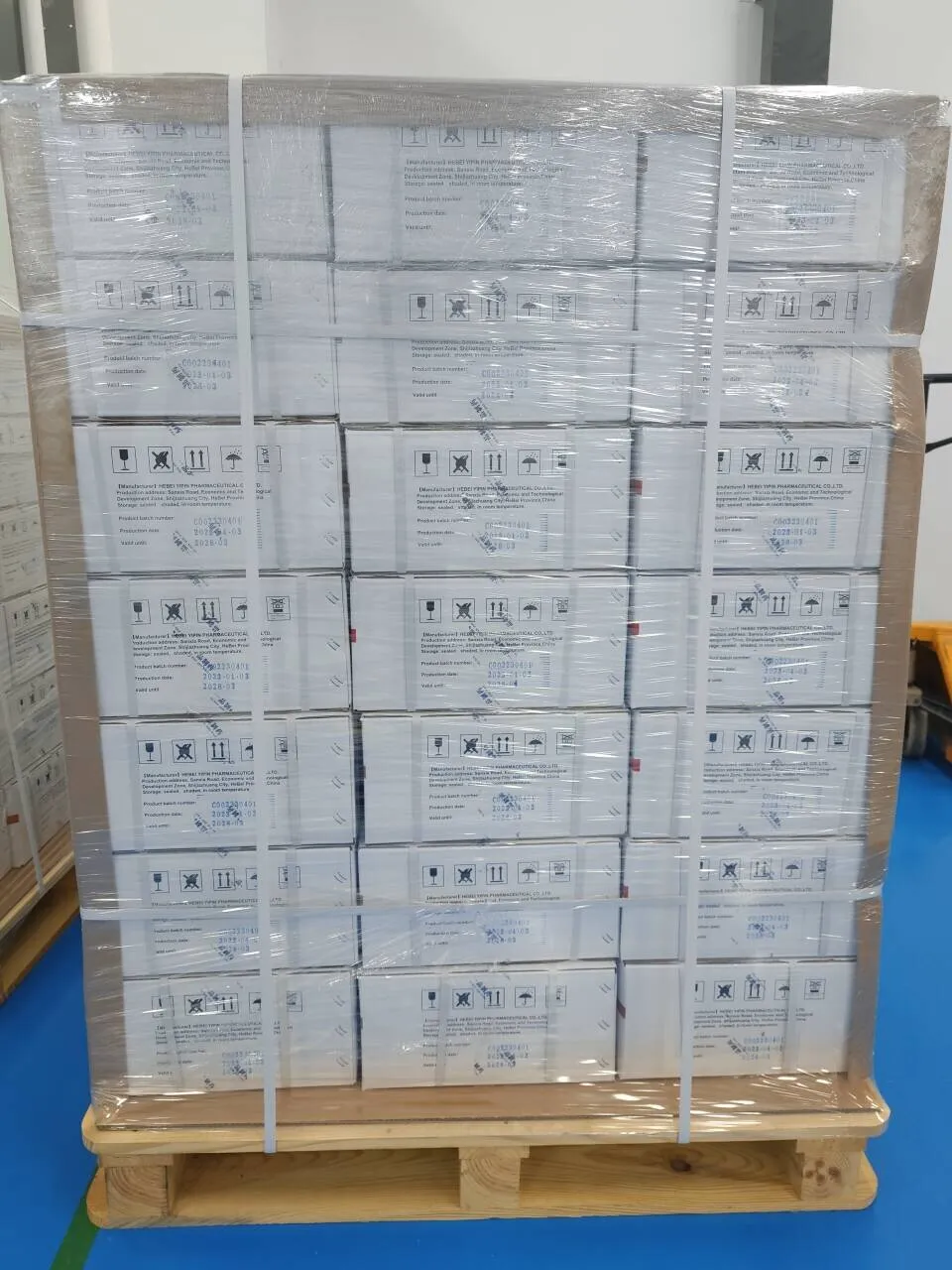

For the best results, an integrated approach that combines both oxidizing and non-oxidizing biocides is recommended. This strategy ensures comprehensive microbial control, as it leverages the immediate effectiveness of oxidizers coupled with the prolonged preventive action of non-oxidizers. Regular monitoring and adjustment of biocide dosage are crucial, as factors such as water chemistry, temperature, and system load can affect the efficacy of the treatment. Safety and environmental considerations are also paramount when implementing biocide treatments. Selecting EPA-approved products and adhering to local regulations ensures that the biocides used are not only effective but also safe for the environment. Proper training for personnel handling these chemicals is essential to avoid potential hazards associated with their use and to ensure compliance with safety protocols. Experienced facility managers often share their success stories of improved efficiency and reduced maintenance costs following the implementation of robust biocide programs. By ensuring that cooling towers operate within specified parameters, companies can extend the lifespan of these systems, minimize costly downtime, and achieve significant energy savings. In conclusion, the role of biocides in maintaining cooling tower efficiency cannot be overstated. By preventing microbial growth, these chemical treatments preserve heat exchange performance, protect structural components, and ensure the safe operation of cooling systems. Coupled with regular maintenance and monitoring, a well-planned biocide program can significantly enhance the reliability and efficiency of cooling towers, contributing to the overall success of industrial and commercial operations. As technology and research progress, new and more effective biocidal products continue to emerge, promising even greater efficacy and reduced environmental impact.
Next:

